Mother Jones - the ‘grandmother of all agitators’ - is celebrated in her native Shandon in Cork city
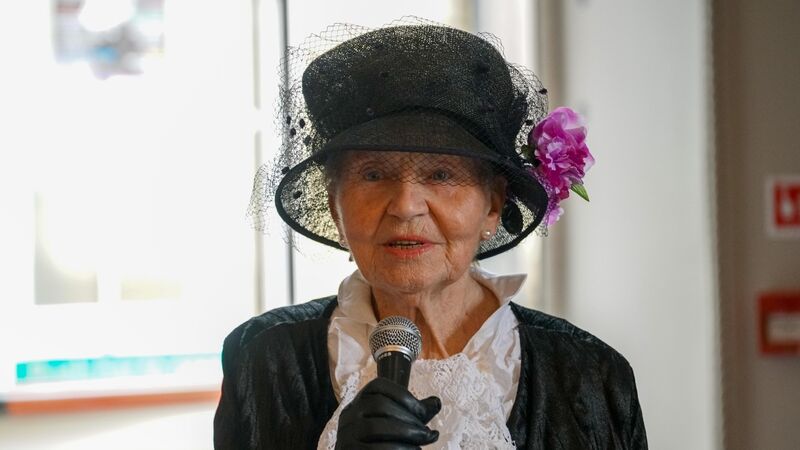
Joan Goggin, in the role of Mother Jones.
“There sits the most dangerous woman in America,” said West Virginia district attorney Reese Blizzard.
“She comes into a state where peace and prosperity reign... crooks her finger, and 20,000 contented men lay down their tools and walk out.” The year was 1902, and Mother Jones was on trial for ignoring a court order that banned meetings by striking miners.
It wasn’t the first time the union organiser would fall foul of the law, and it wouldn’t be the last, with the prospect of prison holding no fear for her.
she was fond of saying.
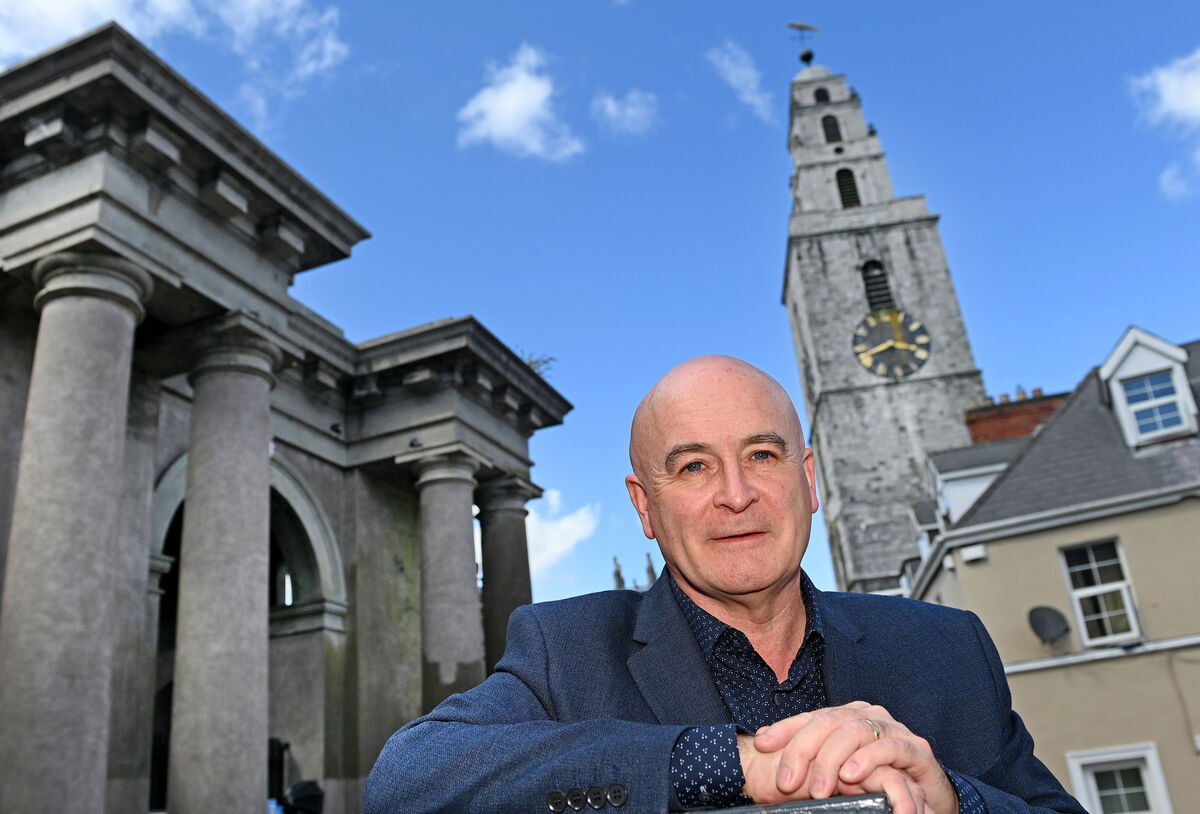
A year later, she would raise more hell by leading thousands on the so-called ‘March of the Mill Children’ to the Long Island summer home of the then US president, Theodore Roosevelt, protesting the brutal child labour practices which saw one sixth of all American children under the age of 16 working full-time jobs.
In many ways, Mother Jones was a persona that Mary Jones assumed, wearing drab, old-fashioned black dresses and pretending to be far older than her 60 or so years, speaking in a lilting Irish brogue which would fall away when she was angered.
Mother Jones was born Mary G Harris on Cork city’s northside, possibly on Blarney St, the second of five children, to Richard Harris, a tenant farmer, and Ellen Cotter, a native of Inchigeelah.
Mary’s exact date of birth is unknown, but she was baptised by Fr John O’Mahony in the North Chapel on August 1, 1837.
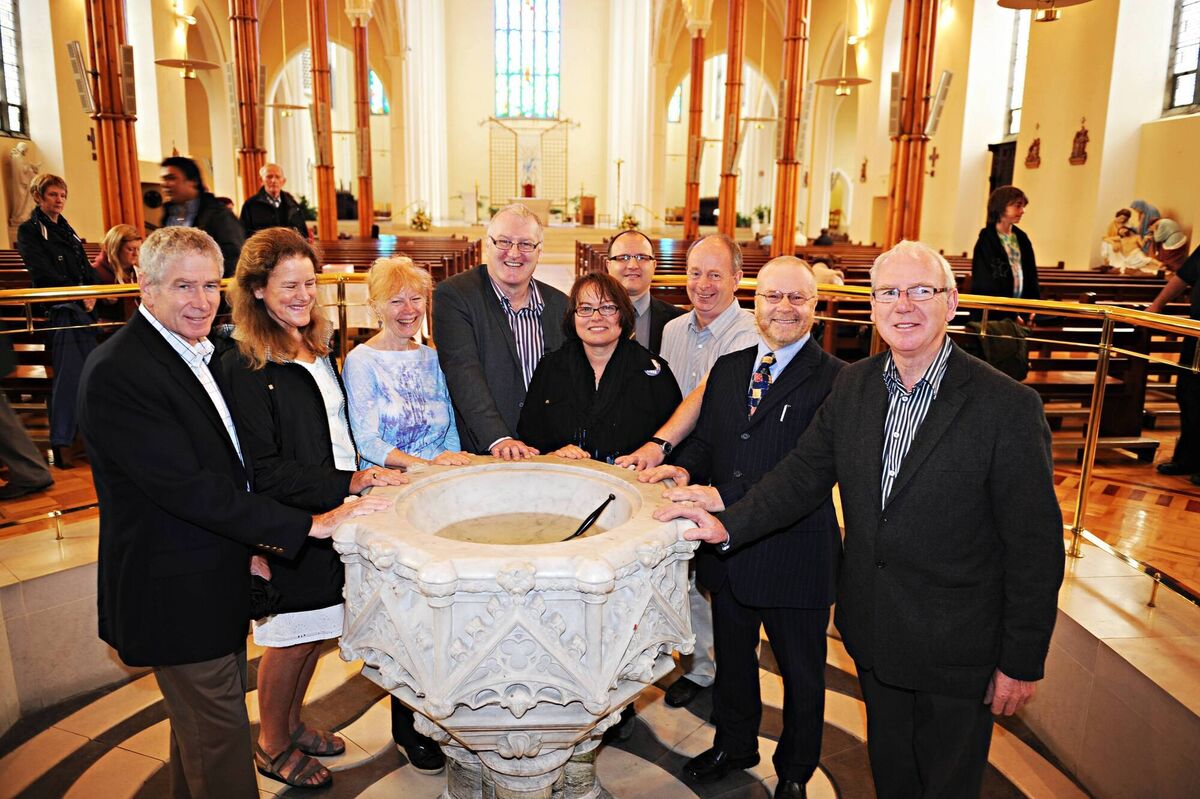
Little is known of her early life in Cork – “my people were poor,” she states in her autobiography – and she and her family fled the aftermath of the Great Famine during her teen years, travelling to the New World, to Canada, where she and her family suffered discrimination as immigrant Catholics.
She never forgot her own people, though, writing of them:
She studied at the Toronto Normal School, eventually travelling south to Monroe, Michigan, where, in 1859, at the age of 23, she took up a teaching job in a convent, where she earned $8 a month, but it was a job she found depressing. She moved on, becoming a dressmaker, first in Chicago, and then in Memphis, Tennessee, where in 1861 she married George E Jones, an organiser with the National Union of Iron Moulders.
Six years later, in 1867, tragedy struck, and she lost her husband, and their four children, three girls and a boy all under the age of five, to a yellow fever epidemic in Memphis.
Years later, what became perhaps her most famous utterance served as her battle cry: “Mourn the dead, and fight like hell for the living”. She returned to Chicago, and dressmaking. Barely four years later, she lost her home, her belongings, and her business, in the Great Chicago Fire of 1871.
Becoming a volunteer in the effort to rebuild the city, she joined the thriving Knights of Labour, where she became involved in organising strikes.
When that movement disbanded amidst violence and fears of anarchism, she joined the United Mine Workers (UNM) and the Socialist Party of America, leading strikers on the pickets while exhorting that “working men deserved a wage that would allow women to stay home to care for their kids”.
She was, perhaps oddly, uninterested in the cause of women’s suffrage, claiming “you don't need the vote to raise hell”, and she was vehemently opposed to abortion. She believed the empowerment of the working class to be more important than the empowerment of women, but when accused of being anti-women’s rights, she retorted:
She was jailed in 1913 for her part in the West Virginia Paint Creek mine strike, sentenced by a military court – which she refused to recognise - to 20 years in the state penitentiary. She was released after 85 days under house arrest. Months later, she was arrested as an organiser of what became known as the Colorado Coalfield War, again serving time in prison.
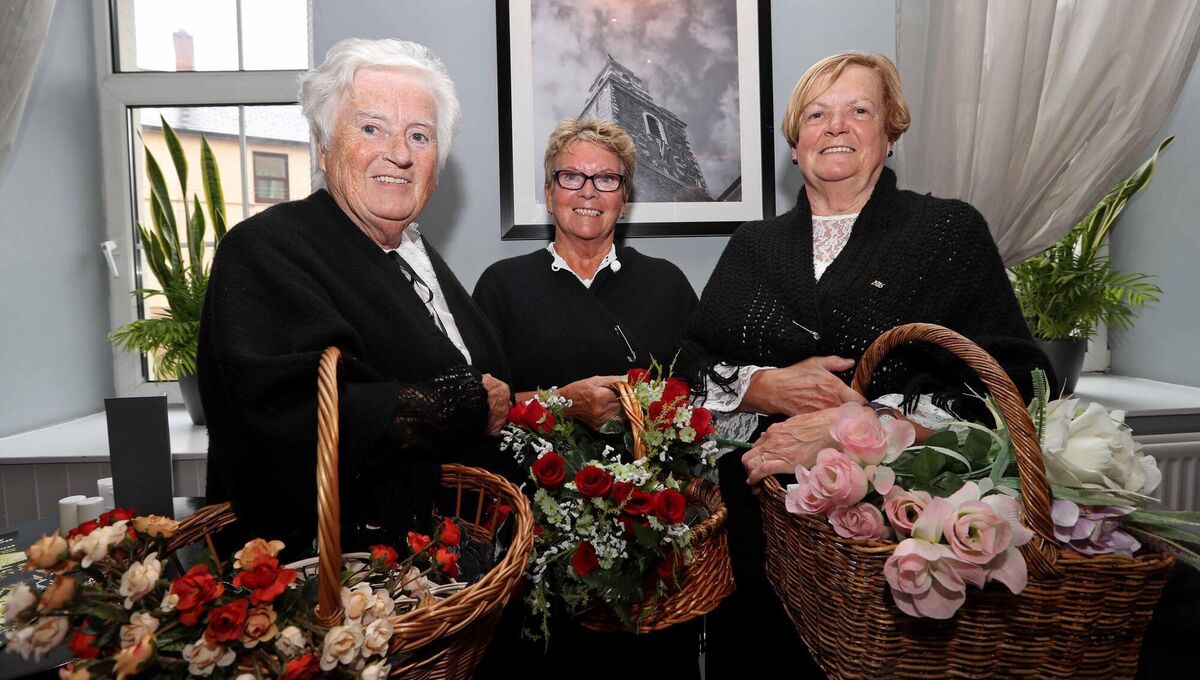
Denounced on the floor of the US senate as “the grandmother of all agitators”, she retorted: “I hope to live long enough to be the great-grandmother of all agitators”.
She remained a union organiser into the 1920s, continuing her fight for better pay and conditions for workers, and constantly highlighting the scandal of child labour.
In May of 1930, Mother Jones celebrated what she declared was her 100th birthday, the moment captured for posterity on newsreel, and that winter, on November 30, she died in Silver Springs, Maryland, probably aged 93.
She was buried in the Union Miners’ Cemetery in Mount Olive, Illinois.
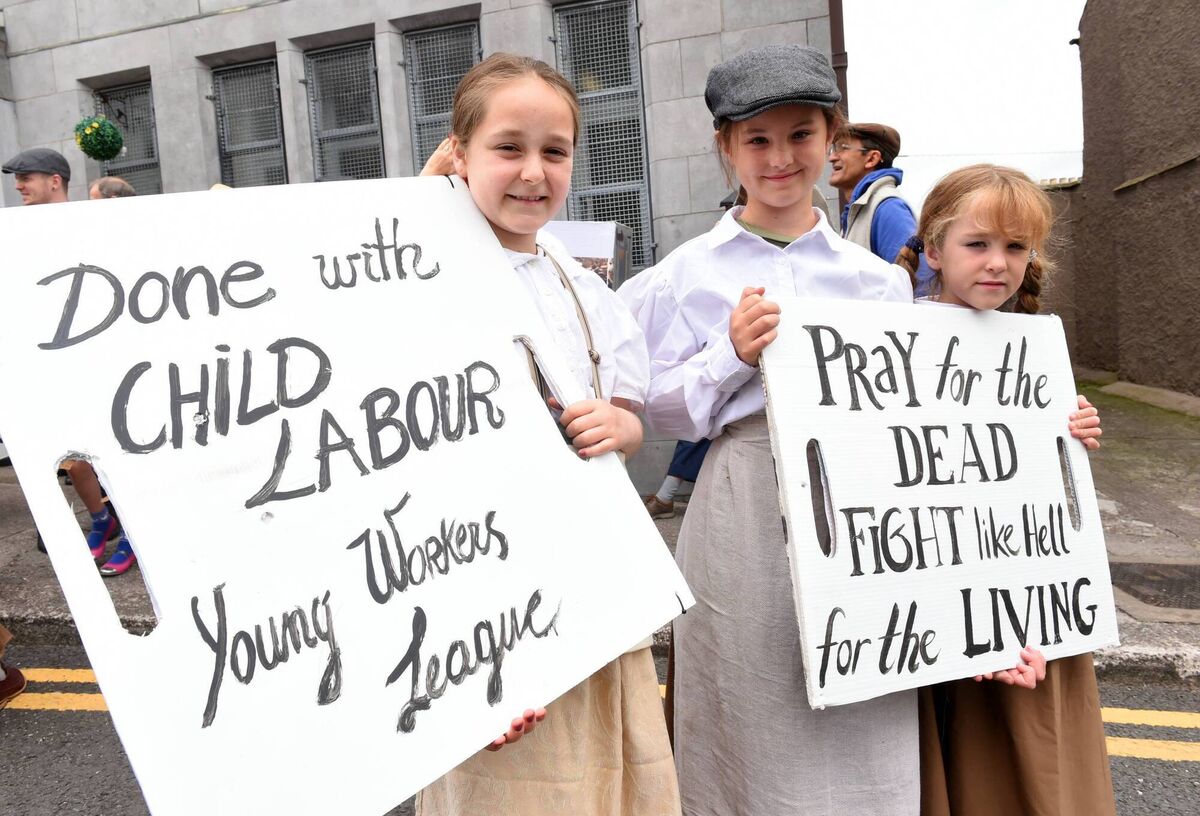
Her legacy lives on, and she is seen by some as a secular patron saint of the labour movement. Earlier this year, on a visit to Cork, US senator and former presidential candidate Bernie Sanders retraced her footsteps on Shandon, saying:
“As Mother Jones said:
and if there was ever a time in the modern history of our planet, now is the time to fight for the living.” In 2010, on International Women’s Day, Ted Tynan, Workers’ Party councillor for the north-east ward, proposed a plaque be erected by Cork City Council on John Redmond St.
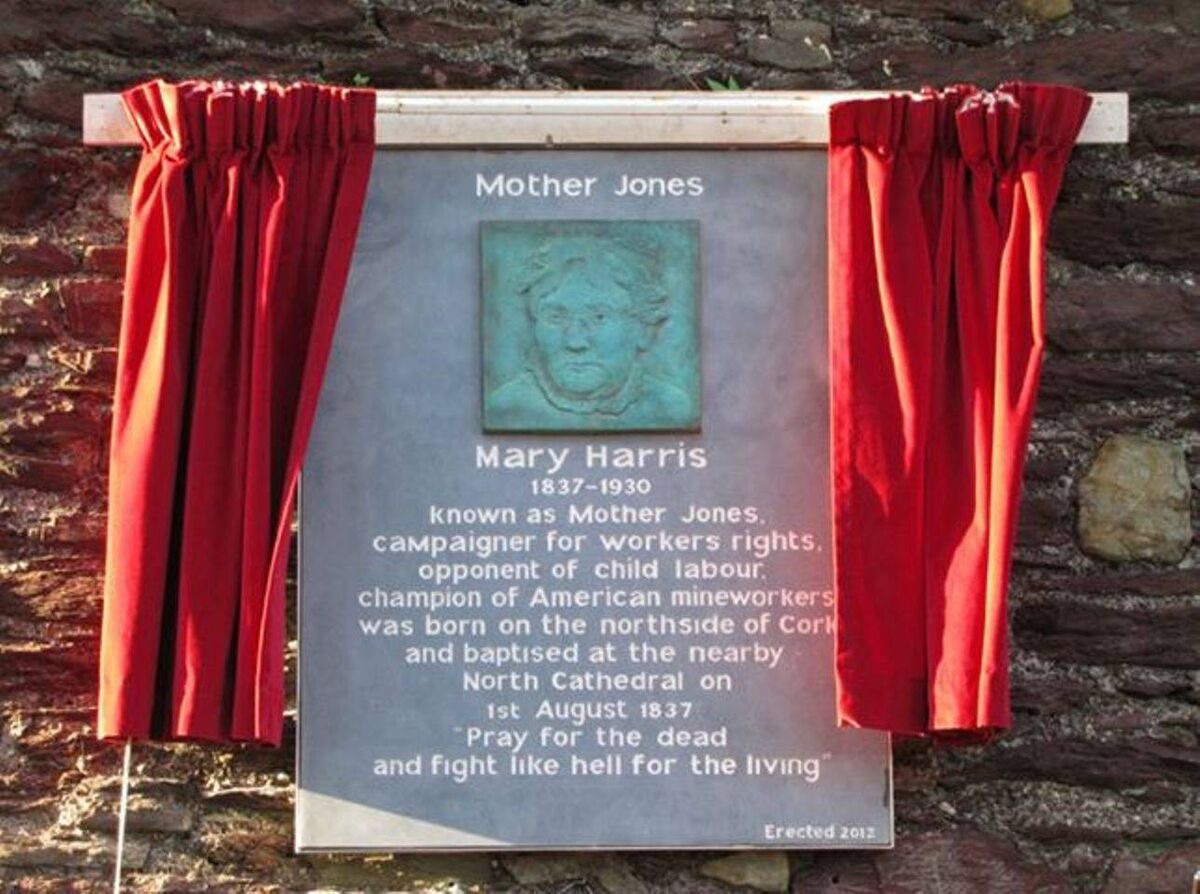
It was unveiled on August 1, 2012, the 175th anniversary of the baptism of Mary Harris, the most dangerous woman in America.
The 2025 Spirit of Mother Jones Festival will take place in and around Shandon over three days from Thursday, July 24 until Saturday, July 26. See motherjonescork.com for details.





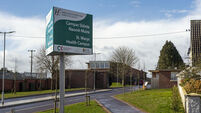
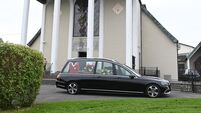



 App?
App?





